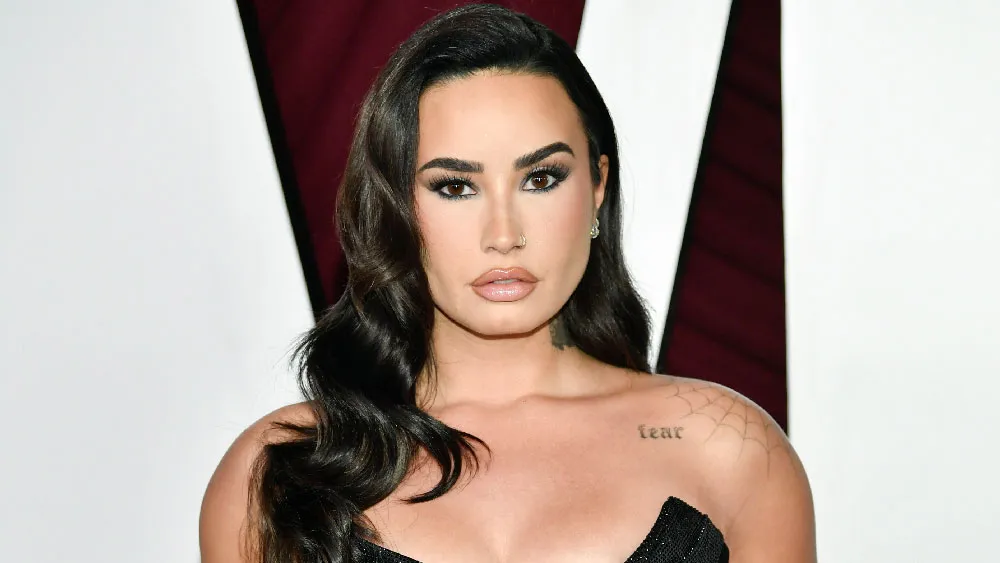September 25, 2014
Women Missing From the Movies, Says Geena Davis
Winnie McCroy READ TIME: 5 MIN.
On Monday, September 22 at the McGraw Hill Building in New York City, actress Geena Davis convened the 2nd Global Symposium on Gender in Media. As part of her Geena Davis Institute on Gender in Media, the event presented the findings of their extensive research project cataloging the way girls and women are presented in the entertainment industry. The results were shocking.
"I've been fortunate in my life to play some roles that resonated with women, role models like the President of the United States, a baseball phenomenon or a woman who finds empowerment by driving off a cliff," deadpanned Davis.
The actress turned serious, however, when she began talking about her foray into examining images of women and girls in the media. She said she was floored to discover the scarcity of these images in shows for children. She decided to talk about it with the creators of those movies.
"To a person, they said that's been fixed," said Davis. "Then they'd go on to name a movie with one female character in it as proof that gender inequality had been fixed. And they were sincere about it, saying, 'We have daughters; we're committed to this.' No one seemed to be noticing what I was seeing, so I needed the numbers."
So Davis sponsored the largest study of women in the media in 20 years. The results were stunning. In the dawn of a new millennium, Davis discovered that for every one female speaking character, there were three male characters.
"And the female characters that do exist were stereotyped or hypersexualized. Very few of them had jobs or careers, and very few are in any type of leadership role," said Davis. "What message are we sending to boys and girls when female parts are stereotyped, hypersexualized, sidelined, one-dimensional, or simply not there at all? We are saying to them that women and girls are less valuable than men and boys."
She took the results of her study directly to the industry, holding private, informal sessions with her colleagues. She said that their jaws hit the floor, stunned to find out how many women they were leaving out.
Even more startling was that just as women were underrepresented on the screen, they were missing in real life, with only 18 percent of Congress comprised of women, and 40 percent of women as print journalists -- actually on the higher end of integrated professions. For STEM professions, that ratio was 88 percent men to 11 percent women.
This held for both named/speaking characters and women in general. Women only make up 17 percent of people in crowd scenes, the same ratio they held in 1946. At this rate, she said, women will achieve parity in 700 years.
Empowering women is essential for all of us, all around the world, said Davis, especially since the U.S. is responsible for most of what the rest of the world watches. But the silver lining is that the media itself can be the cure for the problem it created.
"Eighty percent of the media consumed worldwide is made in the United States, so we are responsible for exporting this negative image of women and girls," said Davis. "It's the one area of gender disparity that we can fix overnight. In the next movie somebody makes, they can say, 'Let's make some of scientist women, let's make 40 percent of the police force women,' and not talk about the fact that they're women."
The Study Findings
Stacy L. Smith, PhD, associate professor at USC Annenberg School for Communication & Journalism led the study of 120 family-friendly films from 11 countries, made between 2010-13. The findings reveal that of the 5,799 speaking/named characters, 31 percent were female and 69 percent were male.
"Girls were nowhere to be seen," said Smith. "Only 10 percent of films had half female characters... Last time I checked, girls and women comprised half of the world, not a third or a quarter."
And don't think that the U.S. led the charge. The most parity was found South Korea, with equal roles given to men and women. China, Australia and Japan followed, with 40 percent female leads. The U.S. and U.K. hit only 30 percent.
And those women who were portrayed often didn't have any job or career. Almost 80 percent of those with jobs were men. Only 14 percent of business execs and just 10 percent of top-level politicians were female.
Correlating with this ratio was the low number of women behind the camera, as director, writer or producer: about 4 to 1. In stories featuring female characters, it was more likely that female writers and producers were featured. But this often revealed that women were tapped to write or direct 'chick flicks.'
One constant was that regardless of the country of origin, women characters were twice as likely to be shown in sexually revealing attire or partially naked - including girls as young as 13. They were praised for being attractive, and where overwhelming thin.
"Research has show that repeat exposure to sexualized or thin characters causes low self-esteem in girls," said Smith. "And no matter the country, we cannot escape the emphasis on female beauty."
United Nations Under-Secretary-General Phumzile Mlambo-Ngcuka, Ph.D., in town for the 69th Session of the UN General Assembly, said that we would never be able to find a balance if women were not shown in leadership roles, and men were not generously represented in areas like the home and kitchen.
She also noted that four out of five women in the world live with violence, 70 percent by their intimate partners. Ngucka asked men to commit to register their commitment to stop this violence by joining He4She, a new organization founded to help both women and men break out of the prison of gender stereotypes.
"We also must increase access to education for girls by 2020," she added. "We must fight for this with everything we have."
Davis said that now that these grim findings were out, it was time to add women and girl characters into the mix, both as real CEOs, politicians, lawyers, judges and doctors, but also as female faces in crowd scenes and groups of workers, soldiers or researchers.
Filmmakers make more than just movies; they make choices, said Davis. Choosing a balanced cast, with less sexualized characters and more powerful female roles is a choice toward gender equality.
For more information, visit http://seejane.org/
Winnie McCroy is the Women on the EDGE Editor, HIV/Health Editor, and Assistant Entertainment Editor for EDGE Media Network, handling all women's news, HIV health stories and theater reviews throughout the U.S. She has contributed to other publications, including The Village Voice, Gay City News, Chelsea Now and The Advocate, and lives in Brooklyn, New York.



